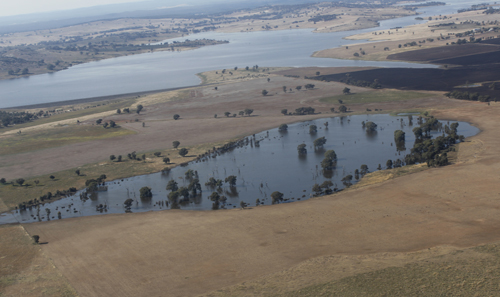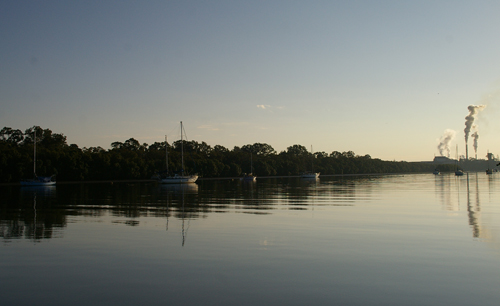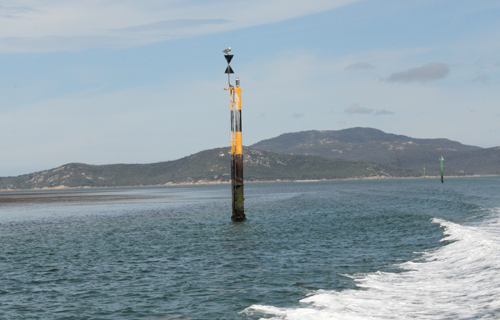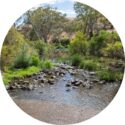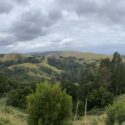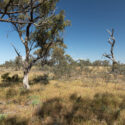Paying farmers for environmental stewardship
Recently I participated in an interesting workshop in Canberra, organised to discuss the effectiveness of agri-environment schemes in delivering conservation outcomes in Australia.
‘Paying farmers for biodiversity – agri-environment schemes in Australia’ involved ecologists, economists, managers and policy-makers from around the country, and was organised by three early career researchers, Fiona Gibson (UWA) together with David Salt and Dean Ansell (both from ANU).
Professor Rob Fraser from the University of Kent was the keynote speaker and he delivered an excellent talk on the origins of ‘agri-environment’ schemes, with particular reference to programs for farmers in the United Kingdom. Paying farmers to maintain landscape amenity is a common feature of agricultural policies in the northern hemisphere. In this part of the world people are generally much more closely linked to their local landscape and seem to have a stronger affinity for the ‘countryside’ than most Australians.
My contribution was a paper entitled ‘Do farmers love brolgas, seagrass and coral reefs? It depends on who’s paying, how much and for how long!’, and was a reflection on work involving Natural Decisions team members over the past couple of years. Three projects were discussed using case studies:
- Wetland conservation on the Moolort Plains, in central Victoria,
- Water quality in Corner Inlet, South Gippsland, and
- Water quality in the Burnett-Mary region in Queensland, at the southern tip of the Great Barrier Reef.
Each case study was connected by a common thread: achieving significant and enduring environmental outcomes can only be contemplated if both the public and private benefits (Pannell, 2008) of land use and land management change are analysed and understood. In each case important biodiversity values are at stake, requiring the adoption of new conservation practices by farmers over large areas of significant agricultural land. Achievement of the public good outcomes associated with these projects requires significant, long term changes in land use and land management, which come at considerable financial and social cost to farmers, and will not be adopted without the provision of adequate financial incentives in the form of stewardship payments.
My paper, along with the others presented at the workshop, is being compiled by the organisers into an e-book that will be published in 2015. It was a most enjoyable and stimulating workshop and I’m grateful to Fiona, David and Dean for the invitation to attend.
Reference: Pannell, D.J. (2008). Public benefits, private benefits, and policy intervention for land-use change for environmental benefits, Land Economics 84(2): 225-240.
Posted 20 December 2014 in News















